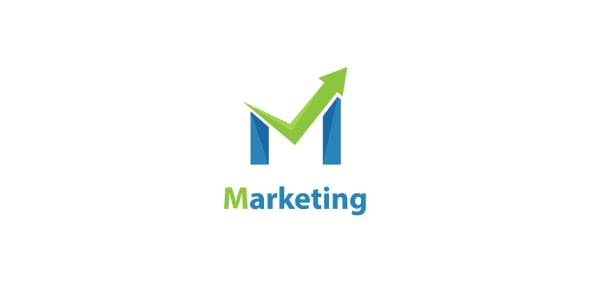The Marketing Mix Concepts! Trivia Quiz
- AMA
- CIM
Submit
2.
You may optionally provide this to label your report, leaderboard, or certificate.
Submit
Submit
Submit
×
Thank you for your feedback!
















